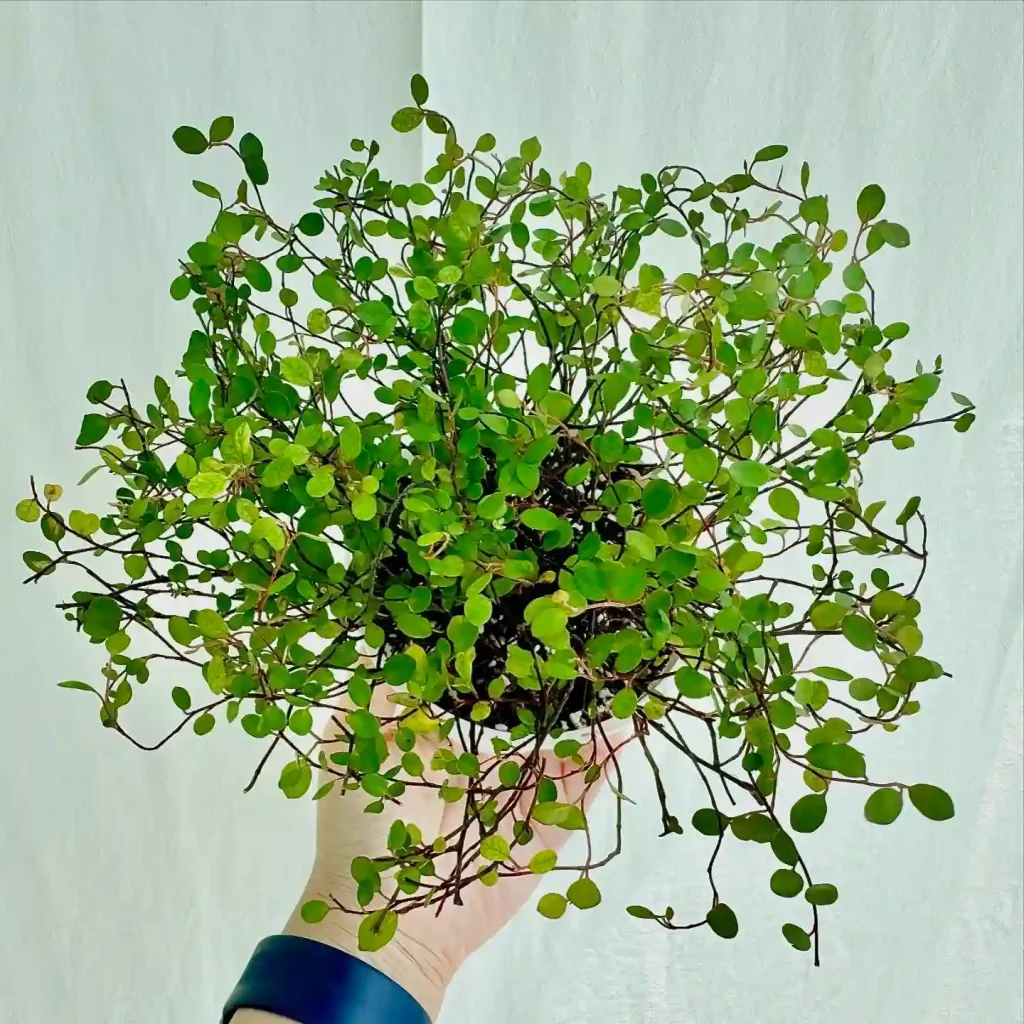Exploring the Beauty of the Nelumbonaceae Family
The Nelumbonaceae family holds a special place in the botanical world. This family, small yet impactful, is home to the genus Nelumbo, which boasts two remarkable species: Nelumbo nucifera (sacred lotus) and Nelumbo lutea (American lotus). Each species carries unique traits, captivating aesthetics, and cultural significance. As someone fascinated by aquatic plants, I’ve found Nelumbo species to be a perfect blend of resilience and elegance.
Understanding the Nelumbonaceae Family
The Nelumbonaceae family, often confused with water lilies, is a distinct group. What sets it apart is the ability of its plants to emerge above the water, showcasing their iconic, bowl-like leaves and stunning blooms. Unlike water lilies, Nelumbo species have thermoregulating flowers and a unique seed longevity that ensures their survival through time.
This family is monogeneric, meaning it consists only of the genus Nelumbo. These plants have evolved to thrive in aquatic habitats, standing tall amidst muddy waters, symbolizing purity and renewal in many cultures.
Nelumbo nucifera: The Sacred Lotus
The sacred lotus, Nelumbo nucifera, has captured my admiration for years. Its mesmerizing pink and white petals are impossible to ignore. When I grow these plants, I notice how they create a serene atmosphere in any water garden. Their leaves, with their hydrophobic properties, repel water droplets, making them appear perpetually clean—a phenomenon known as the “lotus effect.”
In many cultures, Nelumbo nucifera holds spiritual significance. In Buddhism and Hinduism, the lotus symbolizes enlightenment, purity, and detachment. While cultivating them, I often reflect on this symbolism, feeling a deeper connection to nature and its resilience.
The plant thrives in tropical and subtropical climates, requiring ample sunlight and still or slow-moving water. One of the most remarkable aspects of Nelumbo nucifera is its seeds. Known as some of the longest-living seeds, they can germinate after centuries. This longevity represents hope and the enduring beauty of life.
Nelumbo lutea: The American Lotus
Nelumbo lutea, the American lotus, is just as enchanting. Its pale yellow flowers are a gentle contrast to the vibrant hues of N. nucifera. Native to North America, this species is a symbol of the wetlands, often found in lakes, ponds, and slow-moving rivers.
What I admire most about N. lutea is its adaptability. Despite its delicate appearance, it thrives in various water conditions, even tolerating slight salinity. Its round leaves, slightly smaller than those of N. nucifera, float gracefully on the water’s surface or rise above it.
While N. nucifera is more widely celebrated, N. lutea carries its cultural weight, especially among Indigenous American communities. Its seeds and tubers were historically used as a food source, showcasing the plant’s practicality and connection to survival.
Cultivating Nelumbo in the Garden
Growing Nelumbo species is a rewarding experience. I find the process meditative, from planting tubers in submerged containers to watching their leaves unfurl and their blooms emerge. These plants demand patience, as they take weeks to establish. But once they do, their impact is unmatched.
Both N. nucifera and N. lutea prefer sunny locations and nutrient-rich substrates. Proper care ensures robust growth and continuous blooming throughout the summer. The floating leaves and towering blooms attract pollinators like bees, creating a harmonious ecosystem in the garden.
One crucial tip I’ve learned: always ensure water levels are consistent. Fluctuations can stress the plants and hinder growth. Fertilizing during the growing season also boosts their vigor, leading to larger blooms.
The Environmental Role of Nelumbonaceae
Beyond their beauty, Nelumbo species play an essential ecological role. They improve water quality by reducing algae and providing habitat for aquatic life. Their roots anchor soil in wetland areas, preventing erosion.
For me, this ecological contribution deepens their appeal. Every time I see a thriving lotus patch, I’m reminded of how nature balances aesthetics with functionality.
Personal Reflection
What draws me most to Nelumbo species is their symbolic and practical relevance. They teach us lessons in resilience, adaptability, and the importance of harmony in nature. As I nurture these plants, I find myself inspired by their journey—from humble beginnings in muddy waters to their magnificent display above the surface.
The Nelumbonaceae family, though small, embodies the grandeur of aquatic plants. Whether you’re a seasoned gardener or a nature enthusiast, these plants offer endless opportunities to connect with the environment and find peace in their timeless beauty.
In cultivating and observing Nelumbo, I’ve discovered that they’re not just plants; they’re storytellers, bridging cultures, ecosystems, and the human spirit. I invite anyone with an interest in aquatic flora to explore the wonders of the Nelumbonaceae family.
If i die, water my plants!



